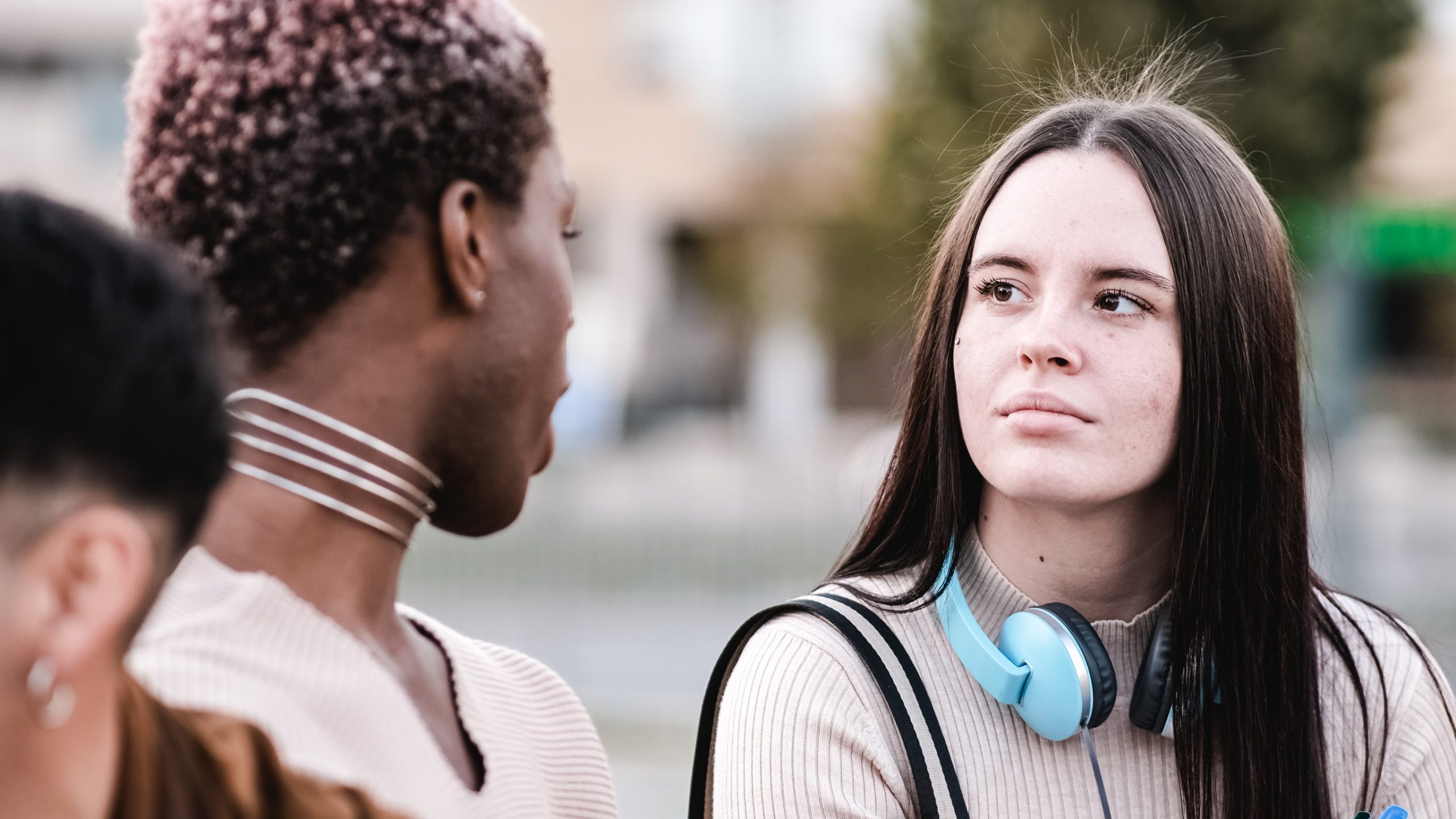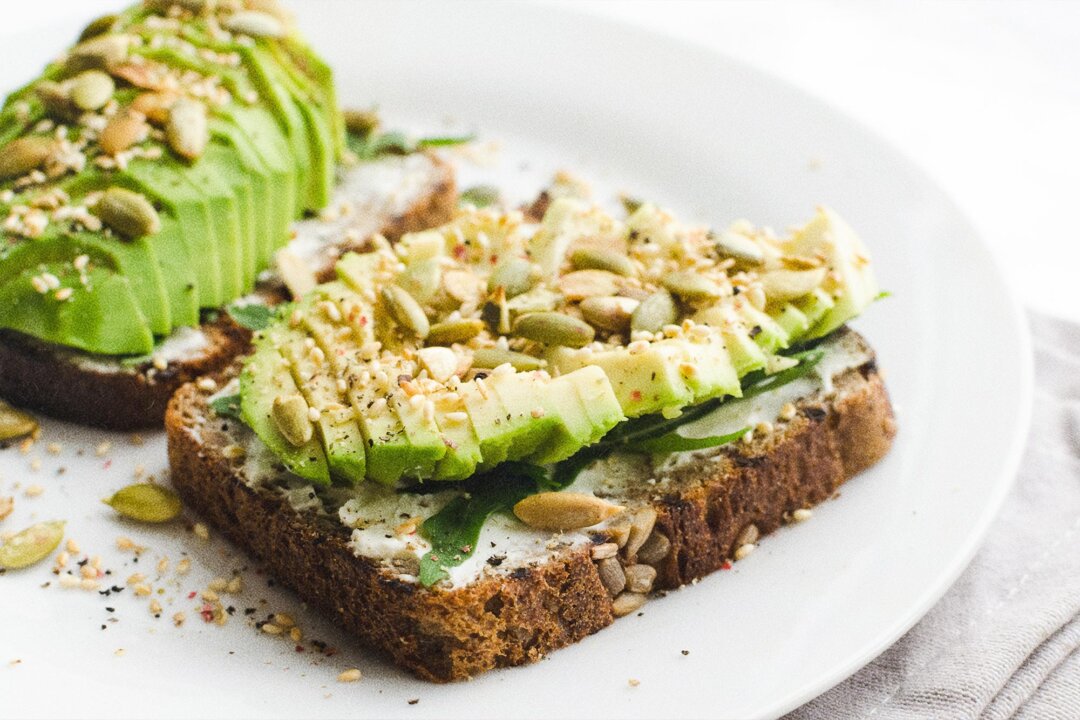BY THE OPTIMIST DAILY EDITORIAL TEAMWe often underestimate the power of truly being heard. But anyone who’s experienced the relief of someone really listening knows just how transformational it can be. Whether it’s easing conflict, opening the door to empathy, or simply softening someone’s day, deep listening has a quiet kind of magic.
The good news? You don’t need a psychology degree to tap into it. Therapists rely on a few key techniques to connect with others, and you can use the same approaches to improve your own relationships. Here are four ways to listen like a therapist—and why it’s worth the effort.

1. Listen with your full attentionFrench philosopher Simone Weil once said, “Attention is the rarest and purest form of generosity.”That quote cuts to the heart of good listening.
In today’s world of constant distractions, truly paying attention is a conscious and generous choice. Of course, it’s not realistic to give your undivided attention all the time. But you can get better at discerning when it really matters.
So the next time someone starts to open up, try putting your phone down, pausing the mental to-do list, and offering your full presence. The effect can be profound. As clinical psychologist and author Valerie Hoover Ph.
D. noted, even professionals sometimes forget this. She recalled asking her husband for his thoughts on listening while she was distractedly digging through the trash for a bottle cap.
He answered this inquiry with raised eyebrows, which said it all, and they both laughed at the ironic reminder.Being truly present sets the stage for everything else. It tells the other person, “You matter.
I’m here.”2. Listen with metta—loving kindnessGiving your attention is a start, but the quality of your attention also matters.
Enter metta, a Pali word for loving kindness or goodwill. Listening with metta softens your inner critic and quiets your ego. It helps you listen with care rather than judgment.
Think about how you show up for a pet who curls into your lap, or a child who’s scraped a knee. That tenderness? That’s metta. When you tune in from that heart space, conversations flow more naturally, and the other person feels safe being open.
In therapy, a similar concept is known as “unconditional positive regard,” coined by Carl Rogers. It’s about accepting others fully, even if you don’t agree with everything they say or do. Acceptance doesn’t mean approval, it means creating a safe space for honesty and growth.
Want to try it? You’ll find a quick two-minute metta exercise at the end of this article.3. Use open-ended questionsWhile asking questions might seem like talking, not listening, the right kind of question can actually deepen your listening.
Open-ended questions require more than a yes or no—they invite someone to explore their experience.Instead of asking, “Did you have a good day?” try: “Can you tell me about the highlights of your day?”Instead of, “Is school going okay?” try: “What’s going well—and not so well—at school these days?”These questions signal curiosity and encourage people to reflect and elaborate. A simple shift in phrasing can take a conversation from autopilot to connection.
The invite more openness and show that you’re not just hearing—you’re truly interested.4. Listen with your eyesTherapists are trained to notice more than words.
A slouched posture, a quiet sigh, or shifting eyes can speak volumes about someone’s emotional state.You can do this too. Before someone even says a word, you might pick up on their “emotional weather.
” Did your roommate come home with a tense jaw and hunched shoulders? That’s a clue. Instead of jumping into your story, try: “Looks like today was rough—how are you holding up?”Noticing and responding to nonverbal cues gives the other person a soft landing—and helps build mutual care. It sets a cycle of kindness in motion.
They feel seen, and they’re more likely to return the gesture.And don’t stop looking once they start talking. Staying visually engaged—making eye contact, noticing expressions—helps you stay attuned.
It also tells them you’re still right there with them.Why this mattersChildren equate being deeply seen with being deeply loved. For adults, being truly heard is just as powerful.
Fortunately, the skill of deep listening doesn’t require formal training. It just takes practice, presence, and heart.Start with one technique, like eye contact or asking open-ended questions, and take note of what changes.
Often, the other person will respond in kind, deepening your connection and building trust. These small shifts compound over time.And if you ever doubt that this kind of listening makes a difference, remember: it only takes one person to change the tone of a conversation—and maybe even a relationship.
Try this: a short metta practiceClose your eyes and picture someone—real or imagined—who naturally brings out a sense of kindness in you. It might be a pet, a child, or even your younger self. Imagine them sitting across from you, meeting your gaze with openness.
Silently or aloud, repeat these words:“May you be well...
May you be happy...
May you be safe...
May you be free from inner and outer harm.”Repeat slowly for a minute or two, letting each phrase land with intention. Notice how your heart responds.
That soft, steady warmth? That’s metta.Let it stay with you. Carry it into your next conversation—and into the way you listen.
The post How to listen like a therapist with four ways to build deeper connection and trust first appeared on The Optimist Daily: Making Solutions the News..
Health

How to listen like a therapist with four ways to build deeper connection and trust

BY THE OPTIMIST DAILY EDITORIAL TEAM We often underestimate the power of truly being heard. But anyone who’s experienced the relief of someone really listening knows just how transformational it can be. Whether it’s easing conflict, opening the door to empathy, or simply softening someone’s day, deep listening has a quiet kind of magic. The [...]The post How to listen like a therapist with four ways to build deeper connection and trust first appeared on The Optimist Daily: Making Solutions the News.















